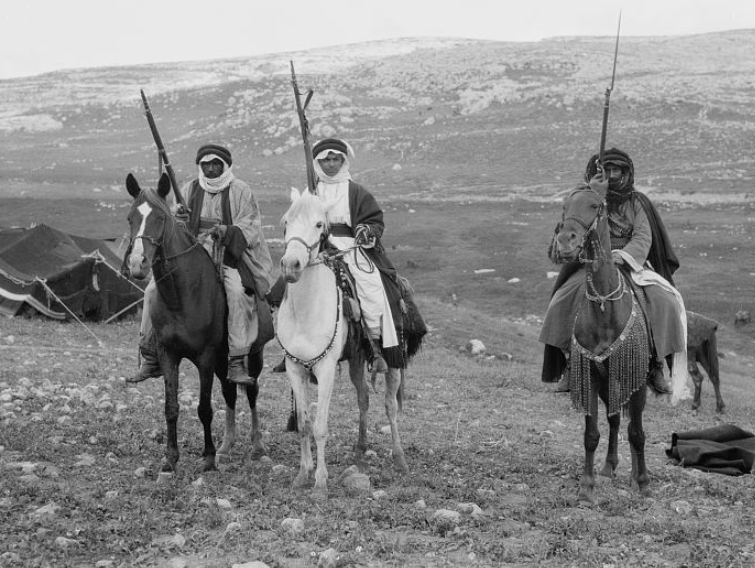Western Movements and Organizations
January 1, 2024ARABIA
By: Edouard Al Dahdah
The area historically known as “Arabia” is composed of the Arabian peninsula and the surrounding area to the north known as the Syrian desert. Arabia is bound to the west by the Red Sea beyond which lies Africa, to the east by the Arabian Gulf, to the northwest by the Mediterranean Sea and to the east and northeast by the mountain chains of the Taurus and the Zagros which reach up to 12,000 feet. On the west, up the back of the boot, is a mountainous region which reaches elevations of up to 8,000 to 12,000 feet in the southwest. The whole peninsula tilts like a giant wedge from the mountains of the west and southwest toward the northeast lowlands and marshes of the Arabian Gulf.
The entire western area, containing the former Kingdom of Hijaz (now a Saudi Arabian province of the same name) and the major Islamic centers of Mecca, Medina and the port at Jiddah, is rugged country, much broken by faulting. The cities of Hail, Burayda and the Saudi capital of Riyadh are located in the central highlands of the Najd plateau, an area generally inaccessible to visitors prior to the advent of modern transportation. The famous oil fields and oil cities of Dhahran and Kuwait City are located in the eastern coastal lowlands, where marshes and mudflats are not uncommon.
North of the Najd plateau lie the red sands of the Nufud desert, which extend northward toward the Hamad, or Syrian desert, and what is today Jordan and Iraq. The main horse-breeding tribes of the Anazah confederation travelled between the Nufud and what used to be called Mesopotamia—the area surrounding the Euphrates and Tigris Rivers. Major settlements in this area are Aleppo, Damascus and Homs located in present-day Syria, and Baghdad, Mosul, Basra and Najaf located in what is now Iraq.
In the years following World War I, the modern Arab countries of Saudi Arabia, Kuwait, Syria, Iraq, Lebanon, Jordan and others in southern Arabia were established, dividing up land which continued to be crossed by the tribes in their migrations until quite recent times, as nomadic life has dwindled.
Note: published in Al Khamsa Arabians III, 2008, Al Khamsa Inc. and republished with their permission.


